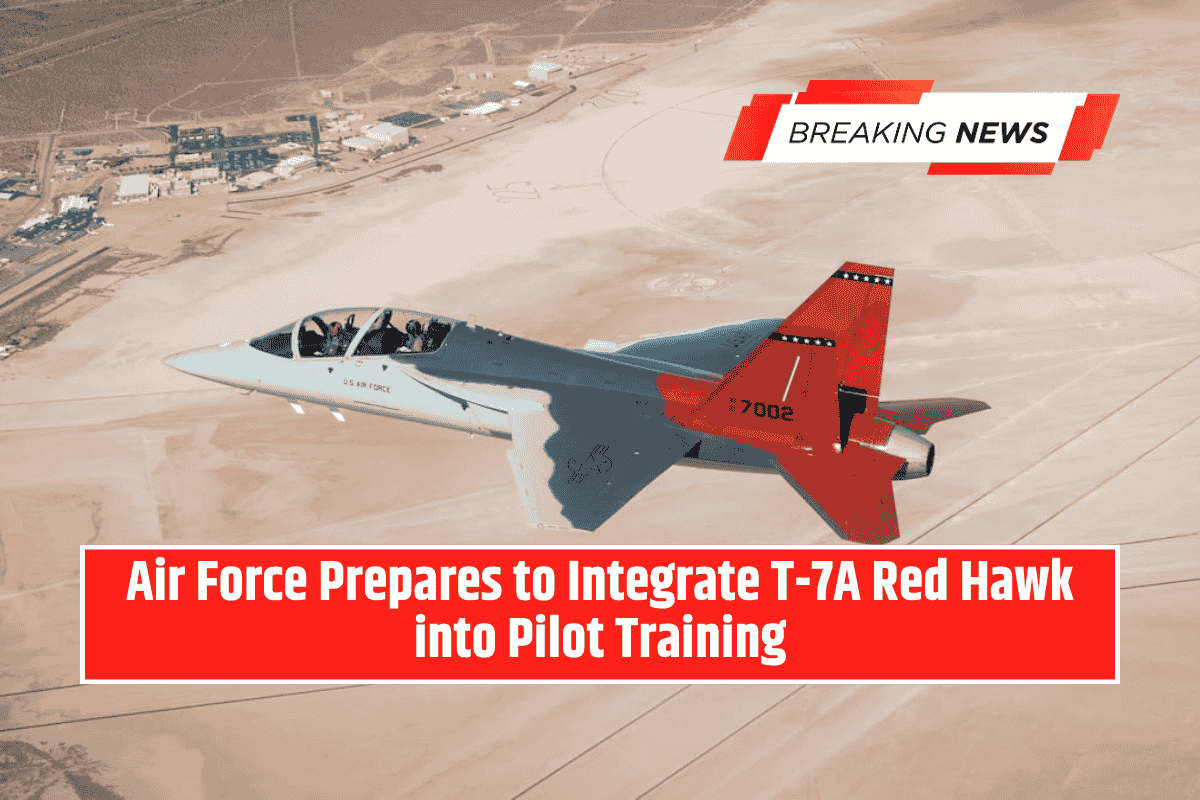The F-111 Aardvark was born out of the 1960s Tactical Fighter Experimental (TFX) program, an ambitious effort to build one aircraft for both the Air Force and Navy.
While the Navy eventually withdrew due to carrier performance issues, the Air Force pressed ahead. General Dynamics’ winning design first flew in 1964 and entered service in 1967.
Design and Innovation
The F-111 introduced groundbreaking features that made it one of the most advanced strike aircraft of its era:
- Swing wings allowed efficient performance across a wide speed range.
- Twin Pratt & Whitney TF30 turbofans pushed it past Mach 2.5.
- First production terrain-following radar enabled low-level automatic penetration of enemy defenses.
- Escape capsule system replaced ejection seats for improved crew safety.
It could carry up to 31,500 pounds of ordnance, from nuclear bombs to guided munitions, across internal bays and external hardpoints.
Variants and Adaptability
The F-111’s design spawned numerous variants:
- F-111A/D/E/F: progressively improved Air Force strike versions.
- F-111B: canceled Navy fleet defense fighter.
- F-111C: long-serving Royal Australian Air Force model.
- FB-111A: nuclear-capable strategic bomber for SAC.
- EF-111A Raven: electronic warfare platform.
Each variant showcased the aircraft’s versatility and adaptability across missions.
Combat and Global Service
The Aardvark debuted in Vietnam, where early losses due to mechanical issues cast doubt, but later missions proved its ability to strike deep into defended territory. It also flew in the Gulf War, performing precision strikes under heavy defenses.
The Royal Australian Air Force operated F-111Cs from the 1970s until 2010, giving Australia unmatched regional strike capability. For the U.S., the FB-111A bolstered Cold War nuclear deterrence, while the EF-111A provided critical electronic jamming support until 1998.
Retirement and Legacy
By the late 1990s, high maintenance costs and aging systems ended U.S. service, with Australia retiring its fleet a decade later. Despite its retirement, the F-111’s innovations influenced future aircraft, including the F-14 Tomcat, Panavia Tornado, and F-15E Strike Eagle. Its emphasis on multi-role flexibility foreshadowed today’s F-35 Lightning II.
Museum Display
The F-111 remains preserved in aviation history. A recent July 2025 visit to the U.S. Air Force Museum in Dayton, Ohio, showcased the aircraft in display, reminding visitors of its speed, power, and revolutionary role in Cold War air power.








